(PPA) Phonological and Phonemic Awareness
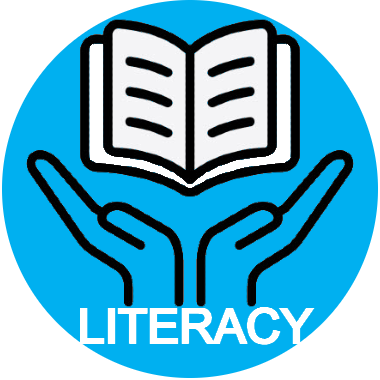 Strand Cluster for Strand Cluster for
(F) Foundations of Literacy
Cluster (PPA) Phonological and Phonemic Awarenesss 
Learners will read with sufficient accuracy, rate, and expression to support comprehension.
-
Standard F.4: Rhyming Words
-
Standard F.5: Segmenting Words
-
Standard F.6: Blending Syllables and Phonemes
-
Standard F.7: Isolating and Manipulating Phonemes
|
|
(PWS) Phonics and Word Study
 Strand Cluster for Strand Cluster for
(F) Foundations of Literacy
Cluster (PWS) Phonics and Word Study 
Learners will decode, encode, and connect meaning to word parts and words.
-
Standard F.8: Decoding Words
-
Standard F.9: Encoding Words (Spelling)
-
Standard F.10: Determining Meanings of Words (Vocabulary)
-
Standard F.11: Academic Vocabulary
|
|
(RF) Fluency
 Strand Cluster Anchor Statement Strand Cluster Anchor Statement
Reading Foundations 
Fluency
Students must be able to read and comprehend text on-level accurately, at the appropriate rate, and with the correct expression. This is best accomplished by repeated readings of text passages of increasing complexity while reporting the reading rate
and accuracy.
The anchor statements define what students should understand and be able to do by the end of each grade. They correspond to the College and Career Readiness (CCR) anchor statements. The CCR and grade-specific standards are necessary complements—the former
providing broad standards, the latter providing additional specificity—that together define the skills and understandings that all students must demonstrate. |
|
(RF) Phonics and Word Recognition
 Strand Cluster Anchor Statement Strand Cluster Anchor Statement
Reading Foundations 
Phonics and Word Recognition
Students must match a unit of sound (a phoneme) to the letter or letters that make the sound. Separating the written word into its individual sounds and blending the individual sounds of letters to make words are the foundation of reading.
Students must be able to recognize and read a collection of high-frequency words — many of which cannot be decoded by sight — and be able to do so with increasing automaticity.
The anchor statements define what students should understand and be able to do by the end of each grade. They correspond to the College and Career Readiness (CCR) anchor statements. The CCR and grade-specific standards are necessary complements—the former
providing broad standards, the latter providing additional specificity—that together define the skills and understandings that all students must demonstrate. |
|
(RF) Phonological Awareness
 Strand Cluster Anchor Statement Strand Cluster Anchor Statement
Reading Foundations 
Phonological Awareness
This foundational skill is about recognizing the sounds of language. It begins with word awareness and the ability to recognize, for example, the number of words that make up a spoken sentence. Secondary mastery of these skills includes recognizing
rhyme and syllables. At the most detailed level, the phoneme level, students can discern the sounds that make up a word. They can segment the sounds within a word, blend sounds together to make a word, and substitute sounds to make new words.
The anchor statements define what students should understand and be able to do by the end of each grade. They correspond to the College and Career Readiness (CCR) anchor statements. The CCR and grade-specific standards are necessary complements—the former
providing broad standards, the latter providing additional specificity—that together define the skills and understandings that all students must demonstrate. |
|
(RF) Print Concepts
 Strand Cluster Anchor Statement Strand Cluster Anchor Statement
Reading Foundations 
Print Concepts
When teachers introduce students to written language, students must understand the basic organization and concepts of print: Words have meaning, left-to-right and top-to-bottom hierarchy; letters create words and words create sentences; words are separated
by spaces, and punctuation controls the pace and expression of print. Children frequently come to understand these concepts through owning their first books.
The anchor statements define what students should understand and be able to do by the end of each grade. They correspond to the College and Career Readiness (CCR) anchor statements. The CCR and grade-specific standards are necessary complements—the former
providing broad standards, the latter providing additional specificity—that together define the skills and understandings that all students must demonstrate. |
|
(RI) Craft and Structure
 Strand Cluster Anchor Statement Strand Cluster Anchor Statement
Reading Information 
Craft and Structure
Interpret words and phrases as they are used in a text, including determining technical, connotative, and figurative meanings, and analyze how specific word choices shape meaning or tone.
Analyze the structure of texts, including how specific sentences, paragraphs, and larger portions of the text (e.g., a section, chapter, scene, or stanza) relate to each other and the whole.
Assess how point of view or purpose shapes the content and style of a text.
The anchor statements define what students should understand and be able to do by the end of each grade. They correspond to the College and Career Readiness (CCR) anchor statements. The CCR and grade-specific standards are necessary complements—the former
providing broad standards, the latter providing additional specificity—that together define the skills and understandings that all students must demonstrate. |
|
(RI) Integration of Knowledge and Ideas
 Strand Cluster Anchor Statement Strand Cluster Anchor Statement
Reading Information 
Integration of Knowledge and Ideas
Integrate and evaluate content presented in diverse media and formats, including visually and quantitatively, as well as in words.
Delineate and evaluate the argument and specific claims in a text, including the validity of the reasoning as well as the relevance and sufficiency of the evidence.
Analyze how two or more texts address similar themes or topics in order to build knowledge or to compare the approaches the authors take.
The anchor statements define what students should understand and be able to do by the end of each grade. They correspond to the College and Career Readiness (CCR) anchor statements. The CCR and grade-specific standards are necessary complements—the former
providing broad standards, the latter providing additional specificity—that together define the skills and understandings that all students must demonstrate. |
|
(RI) Key Ideas and Details
 Strand Cluster Anchor Statement Strand Cluster Anchor Statement
Reading Information 
Key Ideas and Details
Read closely to determine what the text says explicitly and to make logical inferences from it.
Summarize the key supporting details and ideas.
Determine central ideas or themes of a text and analyze their development.
Analyze how and why individuals, events, and ideas develop and interact over the course of a text.
Cite specific textual evidence when writing or speaking to support conclusions drawn from the text.
The anchor statements define what students should understand and be able to do by the end of each grade. They correspond to the College and Career Readiness (CCR) anchor statements. The CCR and grade-specific standards are necessary complements—the former
providing broad standards, the latter providing additional specificity—that together define the skills and understandings that all students must demonstrate. |
|
(RI) Range of Reading and Level of Text Complexity
 Strand Cluster Anchor Statement Strand Cluster Anchor Statement
Reading Information 
Range of Reading and Level of Text Complexity
Read and comprehend complex literary and informational texts independently and proficiently.
The anchor statements define what students should understand and be able to do by the end of each grade. They correspond to the College and Career Readiness (CCR) anchor statements. The CCR and grade-specific standards are necessary complements—the former
providing broad standards, the latter providing additional specificity—that together define the skills and understandings that all students must demonstrate. |
|

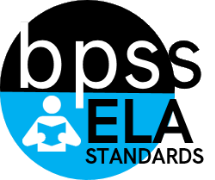
 (F)
(F)
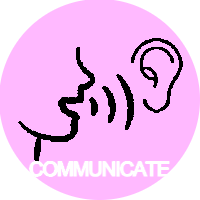 (C)
(C)
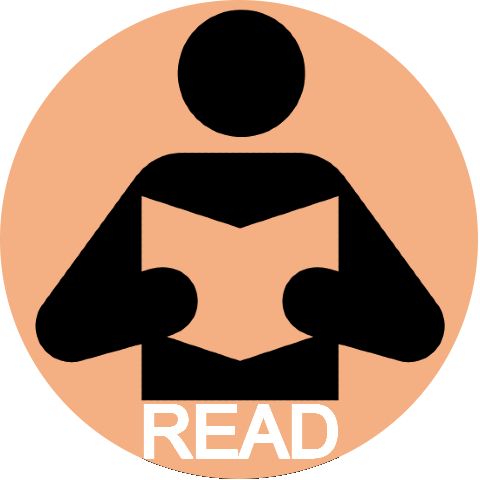 (R)
(R)
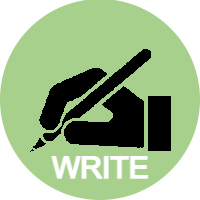 (Wr)
(Wr)
 (IR)
(IR)




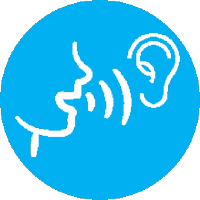
 Strand Cluster
Strand Cluster